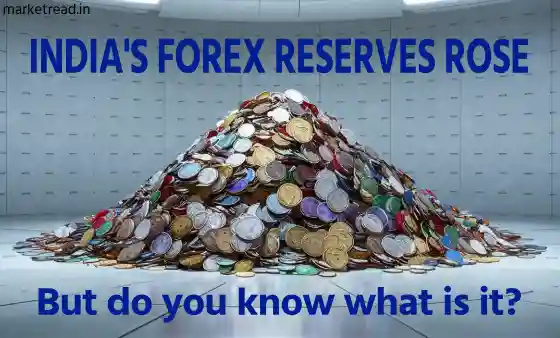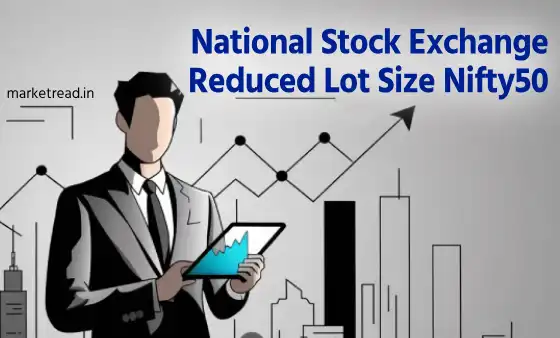A cancel cheque is a cheque that cannot be used to withdraw money, but it serves as proof of your bank account.
Nowadays, cheques are used a lot in banking transactions. But sometimes, what if you give a cheque and then want to cancel it? Or in some places, there is a need to give a canceled cheque, so how to prepare it?
Today, let’s understand in simple terms how to cancel a cheque, when it is needed and some important things to remember!
Why is it necessary to cancel a cheque?
- For KYC: A cancelled cheque is required as proof of your bank account while opening a demat account or investing in mutual funds.
- EPF Withdrawal: A cancelled cheque is required to provide bank account details while withdrawing money from your Employees’ Provident Fund (EPF).
- For EMI: If you have taken a loan and want to have monthly installments (EMI) automatically deducted from your account, the bank asks for a cancelled cheque.
- For ECS: A cancelled cheque is required for electronic clearing services (ECS), such as rent payments or utility bills (electricity bills, water bills), for automatic payments.
- As proof of account: Sometimes, a cancelled cheque comes in handy when you just need to prove that you have a bank account.
How to Cancel a Cheque? – Step by Step Guide
- Step 1: Get a new cheque
Get a new cheque from your chequebook. Remember, this cheque should be blank – you should not write the payee’s name, amount, signature or anything else on it. - Step 2: Draw two parallel lines
Draw two parallel lines on the front of the cheque, from the left corner to the right corner. These lines should be in the middle of the cheque, so that the cheque cannot be used for payment. - Step 3: Write ‘CANCELLED’
In the space between these two lines, write ‘CANCELLED’ in large letters. Use a blue or black ink pen while writing this. The words should be clear and large so that no one can misuse the cheque. - Step 4: Don’t cover up important information
While drawing a line or writing ‘CANCELLED’, make sure that you don’t cover up important information on the cheque. Like the bank name, account number, IFSC code, MICR code and cheque number should be clearly visible. - Step 5: Keep a record of the cheque
After cancelling the cheque, keep a record of its number, date and the reason for which it was issued. This will help you in case of any trouble in the future.
What does a cancelled cheque look like?

- A cancelled cheque is similar to a normal cheque, but it has two parallel lines and the word ‘CANCELLED’ written on it. Because of these lines and words, the cheque cannot be used for payment. But your name, bank name, account number, IFSC code and MICR code are clearly visible on it, which act as proof of bank account.
What to be careful about while cancelling a cheque?
- Do not sign: There is no need to sign a cancelled cheque. If you sign it, the cheque can be misused if it falls into the wrong hands.
- cheque who you are giving the cheque to: Give the cancelled cheque to a trusted person or institution (such as a bank, mutual fund company). Because it contains your account information, and someone can misuse it.
- What if the cheque is lost?: If the cancelled cheque is lost, inform your bank immediately. This will prevent anyone from misusing it.
- Keep the information safe: The cheque has your name, account number, IFSC code, MICR code. Be careful that this information does not fall into the wrong hands. Anyone can forge your signature and create a fake cheque.
What is the difference between cancelling a cheque and stop payment? - Cancelling a cheque: You do this yourself, and the cancelled cheque is used only as proof of the account. There is no question of payment in this.
- Stop payment: If you have already given a cheque to someone and do not want the cheque to be used, you can tell the bank to ‘stop payment’. For this, you have to give the cheque number, date, amount and payee name to the bank. The bank charges some fee (usually ₹100, but varies from bank to bank).
Know about: What is DBT in Banking?
This is what you learned!
Cancelled cheques are very important in banking transactions. Be it for KYC, EPF withdrawal, or setting EMI. But be careful while giving and cancelling this cheque, because it contains your account information. If you want to cancel a cheque, follow the steps above and your job will be easy. And yes, if you want to cancel a cheque that has already been issued, contact the bank and use the ‘stop payment’ option. If you have any more questions, be sure to ask me. I will explain it to you in simple terms!
FAQ for How to Cancel Cheque:
1. How do I cancel a cheque correctly?
Draw two parallel lines across the cheque and write ‘CANCELLED’ in between. Ensure bank details like account number and IFSC code remain visible.
2. Why is a cancelled cheque needed?
A cancelled cheque is used as proof of your bank account for KYC, EMI setup, EPF withdrawals, ECS payments, or opening a demat account.
3. Can I sign a cancelled cheque?
No, do not sign a cancelled cheque. Signing it could lead to misuse if it falls into the wrong hands.
4. What’s the difference between cancelling a cheque and stopping payment?
Cancelling a cheque is done by you to make it unusable for payments, while stopping payment involves asking the bank to block a cheque already issued.
5. What if my cancelled cheque gets lost?
Inform your bank immediately if a cancelled cheque is lost to prevent misuse, as it contains sensitive bank account details.




